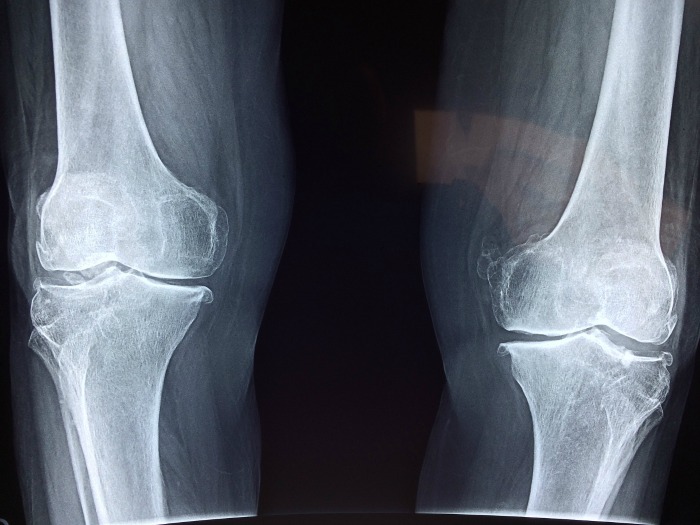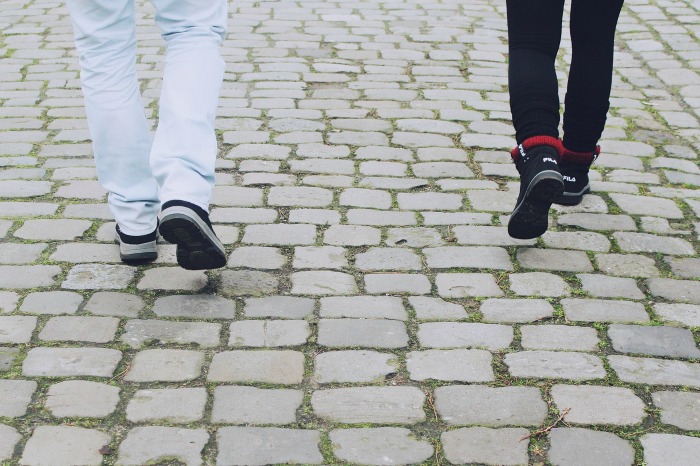Deep Vein Thrombosis: Causes, symptoms and treatments

Deep Vein Thrombosis (DVT) is a blood condition that can lead to painful swelling and, in extreme cases, death if not treated properly.
DVT usually occurs when a blood clot develops in the deep venous system. While it can affect any part of the body, it’s more likely to occur in the deep veins within the legs and thighs. It is believed the legs are a particularly common spot for the clot to form because blood is more likely to build up in these areas of the body, partly due to gravity.
There are many myths surrounding the condition and why it develops in some people and not others. The reality is that 900,000 Americans are affected by the condition each year, with as many as 100,000 dying as a result of complications it causes. In Australia, around 400 people die each year, although many more live with DVT at some point in their lives.
What Causes DVT?
According to the National Heart, Lung and Blood Institute, the blood clots that form and cause DVT develop in a number of ways. The first is when the veins themselves become damaged. This typically occurs when a person has surgery, is impacted by a damaging injury or suffers inflammation.
The second is when blood flow is typically slow moving. DVT can become a problem when a person is inactive for a long period of time. This is why a lot of people develop DVT after being on a long-haul flight or bedridden following surgery or illness.
Blood can also become increasingly thick in a condition known as hypercoagulability, while certain drugs such as birth control and others that contain estrogen are also known to make blood thicker.
Other health factors that can contribute to DVT include obesity, blood clotting disorders, hormone replacement therapy and smoking. In some cases, DVT can be completely random.

What to look out for
DVT can sometimes be a difficult condition to diagnose because there aren’t always symptoms to look out for. In some cases, people show no visible signs that something is wrong, mainly because it impacts the deeper veins, rather than ones on the surface of the skin.
For most people, they notice a particularly uncomfortable pain in the legs and calf. Sometimes the legs can become red and sore, especially when walking, standing, or generally using your legs. Others say their legs and affected areas become particularly warm.
In other examples, Pulmonary Embolism can develop as a result of DVT, causing people to lose their breath, cough up blood and even feel pain when breathing. If you experience any of these symptoms, it’s important to speak to a doctor or health professional immediately.

How do they find it?
Doctors and health professionals typically use a variety of ways to diagnose DVT. According to Better Health, one of the primary techniques is by conducting a venous ultrasound. This scan is usually quick to pick up clots or recognise if something isn’t quite right in your veins and system.
Another step is a contrast venography test, where dye is injected into the body to detect if any blockages are present. In other cases, health professionals use MRI and CT scans to pick up a clot, while blood tests can also be used for some patients.

Is there a way to stop it?
While DVT can be unpredictable, Melbourne Haematology suggests there are lifestyle changes you can make to can prevent the chances of getting DVT in future. If you are a smoker, they suggest quitting or at least cutting back is an important step to take.
It’s also vital to try and maintain a healthy body weight. Regular exercise that particularly uses your legs is important. If you know you’re going to be immobile for a long period of time, such as while travelling on a plane, get up regularly and move your legs to prevent blood from clotting,
Furthermore, if you’re in hospital following an illness or operation, be sure to wear the compression stockings provided by medical staff. It may look silly, but the socks and stockings encourage blood flow by adding pressure to your legs.

Have you ever had deep vein thrombosis? What’s your best tip for living with the condition?
With Facebook removing news sites from your feeds we ask that you sign up for Starts at 60’s emailers here. And to keep us on your wall, join some of our new Facebook groups and clubs:
News Junkies Club – Australia
News Junkies Club – USA
See news on the change and links to all our other clubs and groups here.








 Proudly Australian owned and operated
Proudly Australian owned and operated